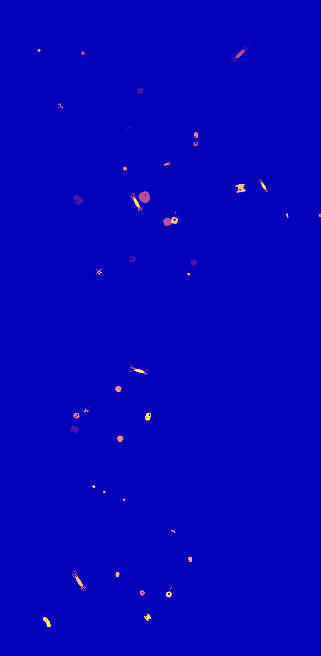Plastic spread checked
 Analysis of seawater samples has revealed microplastics in very remote areas of the world’s oceans.
Analysis of seawater samples has revealed microplastics in very remote areas of the world’s oceans.
Researchers from Curtin’s WA-Organic and Isotope Geochemistry Centre (WA-OIGC) have shared the full results of the analysis of seawater samples, collected at 177 locations across the 46,100km voyage, including areas of the Southern Hemisphere not previously tested for microplastics.
Microplastics - potentially including vehicle tyre dust, pellet spills, textiles, building debris, cosmetics, and packaging materials - were present in the vast majority of samples.
“The aim of the study was to target areas of the world’s oceans not previously sampled for microplastics and to produce a complete global snapshot of microplastic distribution,” said lead researcher Professor Kliti Grice.
“Our analysis found microplastics were present in the vast majority of the waters ... even in very remote ocean areas of the Southern Hemisphere.
“The vast majority of the seawater filters ... were found to contain microplastics, however some areas of ocean, particularly the Pacific, had several consecutive sampling locations not near any major islands where no microplastics were observed.
“Microplastics were found all along the eastern and southern seaboards of Australia including the Southern Ocean in the Great Australian Bight.
“While there were no ‘hot spots’ of contamination, two sampling stations, approximately 600km off the coast of Brazil, recorded relatively high numbers of microplastics at about 250 particles per cubic metre of seawater.”
Although the analysis found several types of microplastic such as polycarbonate, polyethylene, polypropylene and synthetic rubber, which are used in products such as drink bottles, packaging and tyres, no particular type of plastic dominated.
“The size of particles observed was typically close to the lower size limit defined as a microplastic and were mostly grey/black in colour,” said co-researcher Dr Alan Scarlett, also from WA-OIGC.
“Many fibres collected were too small for us to properly analyse and therefore the numbers reported are likely to be an underestimate of the actual number of microplastics present in the oceans.
“On average, water sampled during the voyage contained 33 particles per cubic metre of seawater, which is consistent with other studies of remote areas of ocean.
“Disturbingly, other studies also suggest there are far greater numbers of microplastics present at a greater depth than sampled during our study.
“This research gathers further vital information about the presence and impact of plastic pollution on the world’s oceans, which may help in the preservation of the ocean and marine environment.”
The full study is accessible here.







 Print
Print